Do you have a question about the Rockwell Automation Allen-Bradley PanelView 5310 and is the answer not in the manual?
| Input Type | Touchscreen |
|---|---|
| Power Supply | 24V DC |
| Processor | ARM Cortex-A8 |
| Display Type | TFT LCD |
| Communication Ports | USB |
| Operating Temperature | 0°C to 50°C |
| Operating System | Windows CE |
| Memory | 512MB RAM |
| Enclosure Rating | IP65 |
Introduces the PanelView 5310 terminals as operator interface devices for monitoring and controlling devices.
Details the fixed-hardware configurations and components of the PanelView 5310 terminals.
Explains how to interact with the terminal using the touchscreen and standard gestures.
Describes the Studio 5000 environment for creating HMI applications and control logic.
Covers EtherNet/IP communication and typical network topologies like linear and star.
Explains how to interpret catalog numbers and lists available product selections and accessories.
Provides essential safety and environmental guidelines before installing the terminal.
Offers advice on terminal placement, clearances, and acceptable mounting positions.
Specifies the dimensions required for cutting an opening in a panel for terminal mounting.
Details the steps for preparing and securing the terminal within a panel using mounting levers.
Provides instructions for properly wiring the terminal's DC power input.
Guides users on establishing Ethernet communication for the terminal.
Outlines the procedure for powering on and performing the initial configuration of the terminal.
Describes how the PanelView 5310 terminal operates and interacts with controllers during runtime.
Explains the use of on-screen virtual keyboards for entering text and numeric data.
Covers procedures for logging on and off the terminal for security and access control.
Details how to configure IP addresses, DNS settings, and Ethernet ports for network communication.
Covers adjusting display brightness, configuring screen savers, and calibrating the touchscreen.
Explains how to change the HMI device name, view firmware, and access diagnostics.
Covers loading applications from removable media and setting the terminal's date and time.
Describes the alarm status indicator button and accessing alarm function key descriptions.
Covers viewing the alarm summary and managing system alarms.
Explains the specific data fields displayed in the alarm detail pane.
Details how to filter alarms to view specific alarm states.
Explains how to view controller diagnostic notifications and messages.
Lists available accessories and replacement parts for the PanelView 5310 terminals.
Covers essential voltage and electrostatic discharge (ESD) precautions during component handling.
Explains how to connect USB devices and use SD cards with the terminal.
Provides instructions and warnings for replacing the terminal's internal lithium battery.
Details tasks to perform before updating the terminal's firmware, like checking software and settings.
Covers installing and using ControlFLASH Plus software for firmware updates.
Provides steps to confirm that the terminal's firmware has been successfully updated.
Explains the meaning of the terminal's status (STS) and error (ERR) indicators.
Describes how to import, export, and use troubleshooting profiles for system analysis.
Addresses common problems like the terminal not starting or restarting intermittently.
Covers issues related to the touch screen not responding and the display being unreadable.
Addresses problems with Ethernet connectivity, application downloads, and slow performance.
Details how to clean the display, remove paint/grease, and handle equipment wash downs.
Explains the process of resetting the terminal to its default settings.
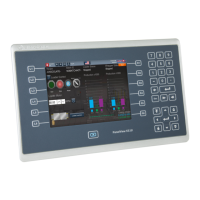
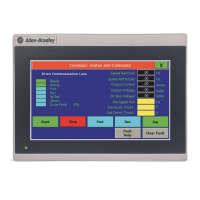
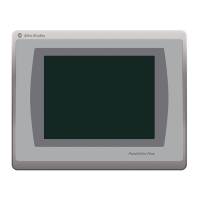
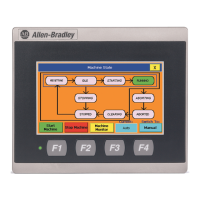
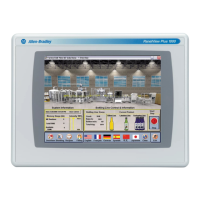
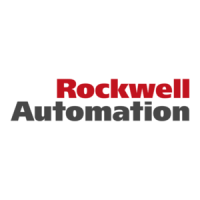


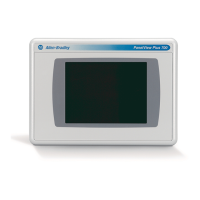
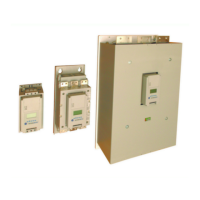

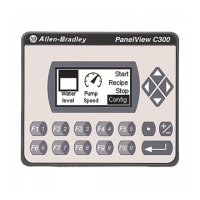
